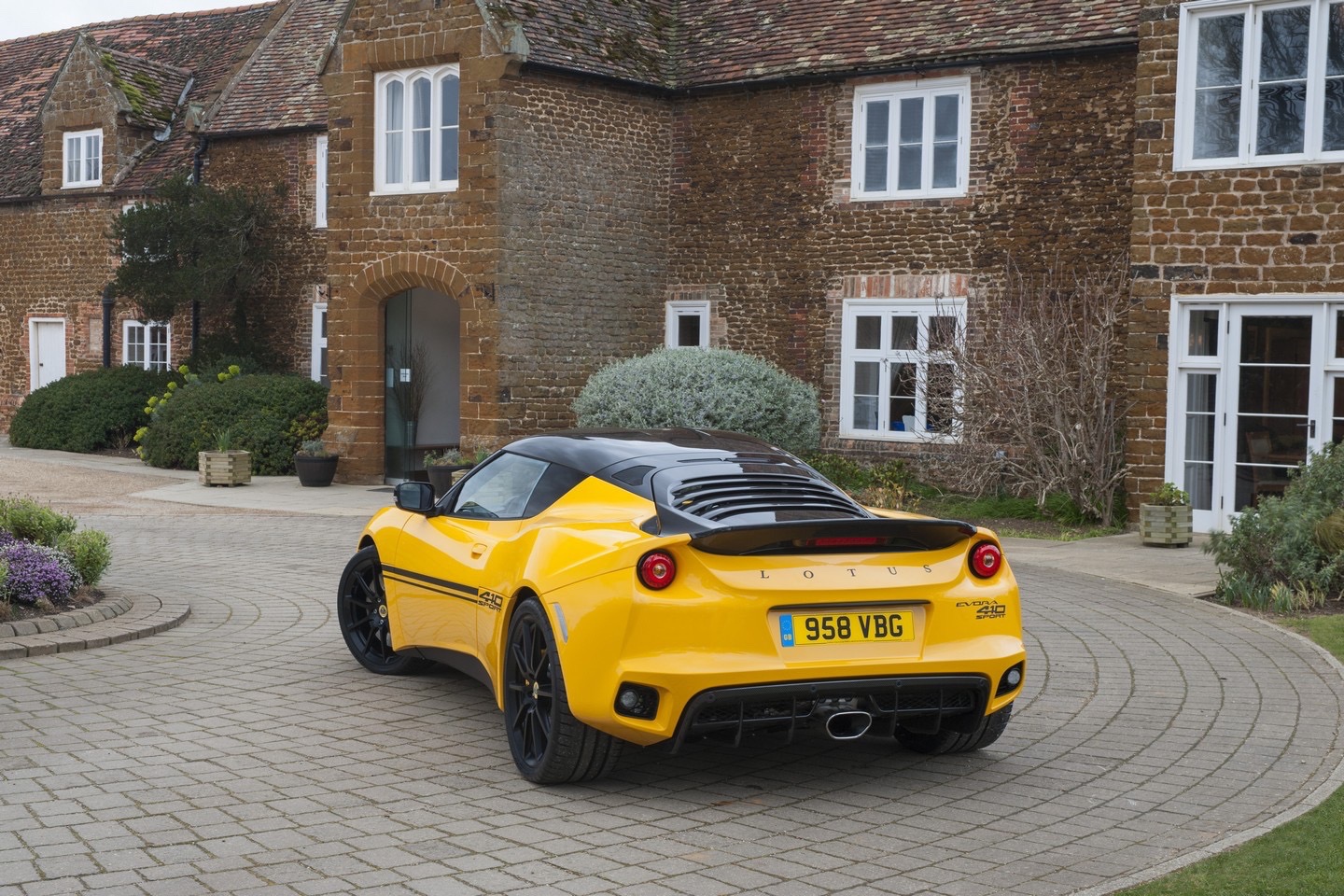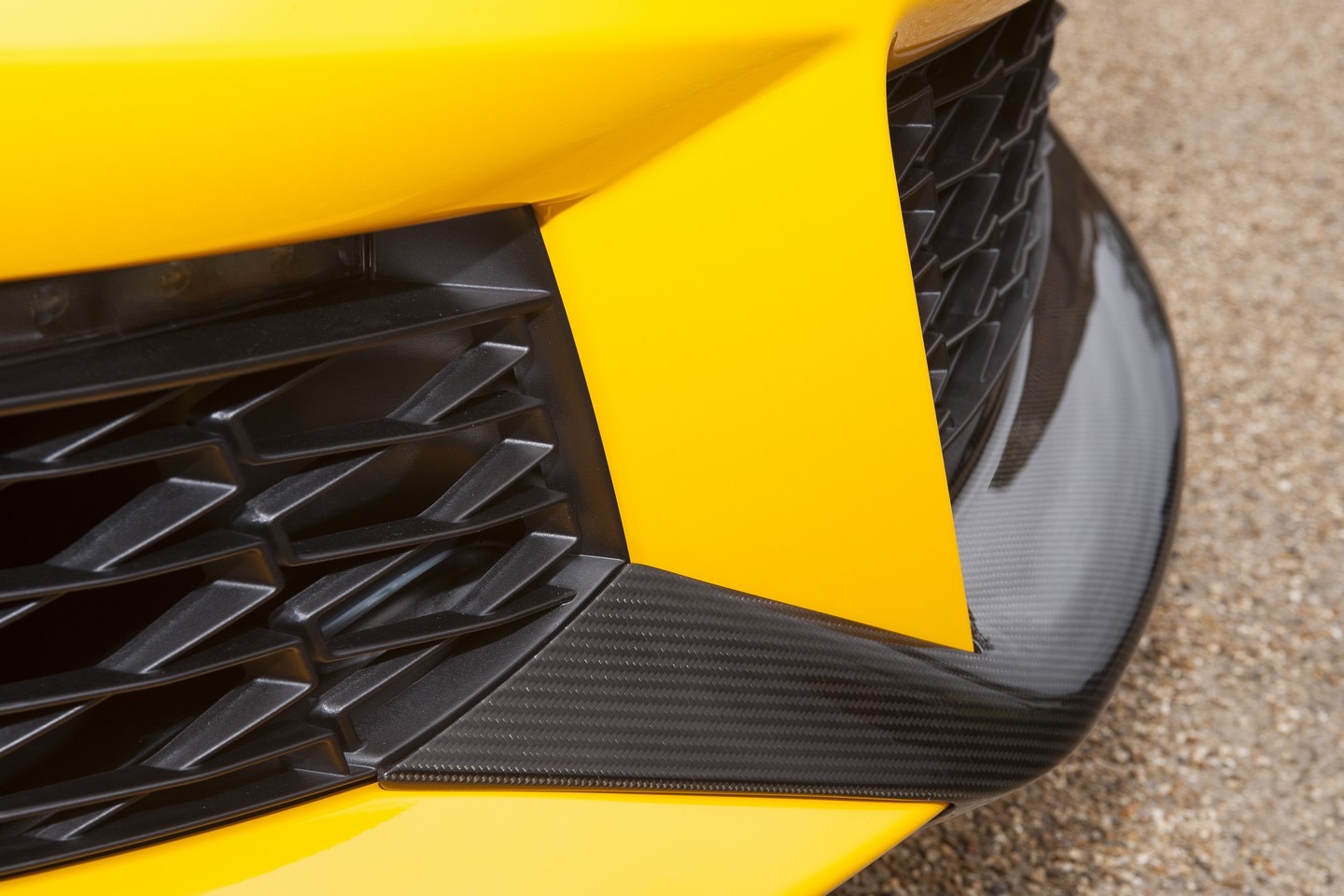Lotus appeared to be skidding out of control for awhile, but like a driver applying opposite lock, the company seems to have regained its grip. It recently launched the Evora 400, a revamped version of its larger sports car that will give the car maker something to sell in the U.S. after a brief hiatus. With that sorted out, Lotus is turning things up a notch.
The Lotus Evora 410 is a more hardcore version of the updated Evora. It’s got more power, less weight, and lots of carbon fiber. All of those things sound pretty good, but what makes them even better is that the Evora 410 will be sold in the U.S., albeit in very limited numbers.
The Sport 410 uses the same Toyota-sourced 3.5-liter supercharged V6 as the Evora 400, but output gets bumped from 400 horsepower to 410, while torque remains the same at 302 pound-feet. That may not seem like a lot, but it’s accompanied by a 165-pound weight cut. The Sport 410 tips the scales at just 2,921 pounds, making it a featherweight among modern sports cars.
Weight savings were accomplished through adherence to Lotus founder Colin Chapman’s maxim “simplify, and add lightness.” Lotus added a new one-piece carbon-fiber tailgate with some cool-looking louvers. It’s not the only new carbon-fiber piece on the car; the front splitter, rear diffuser, and roof are made from the lightweight material as well. Lotus says the new bodywork also increases downforce by 15 percent.
Like the Evora 400, the Sport 410 gets a six-speed manual transmission as standard equipment, although a six-speed automatic is also available. Going without a clutch pedal shaves 0.1 second off the car’s 0 to 60 mph time, allowing it to do the job in 3.9 seconds. But the automatic also limits top speed to 174 mph, while manual cars will do 186 mph.
Annual production of the Lotus Evora Sport 410 will be limited to just 150 worldwide, but at least some of them will come to the U.S. Lotus says a North America-specific version will be unveiled later this year, while production for other markets is set to start in June. Lotus won’t discuss U.S. pricing yet, but expect the Sport 410 to command a significant premium over the $89,000 Evora 400.








